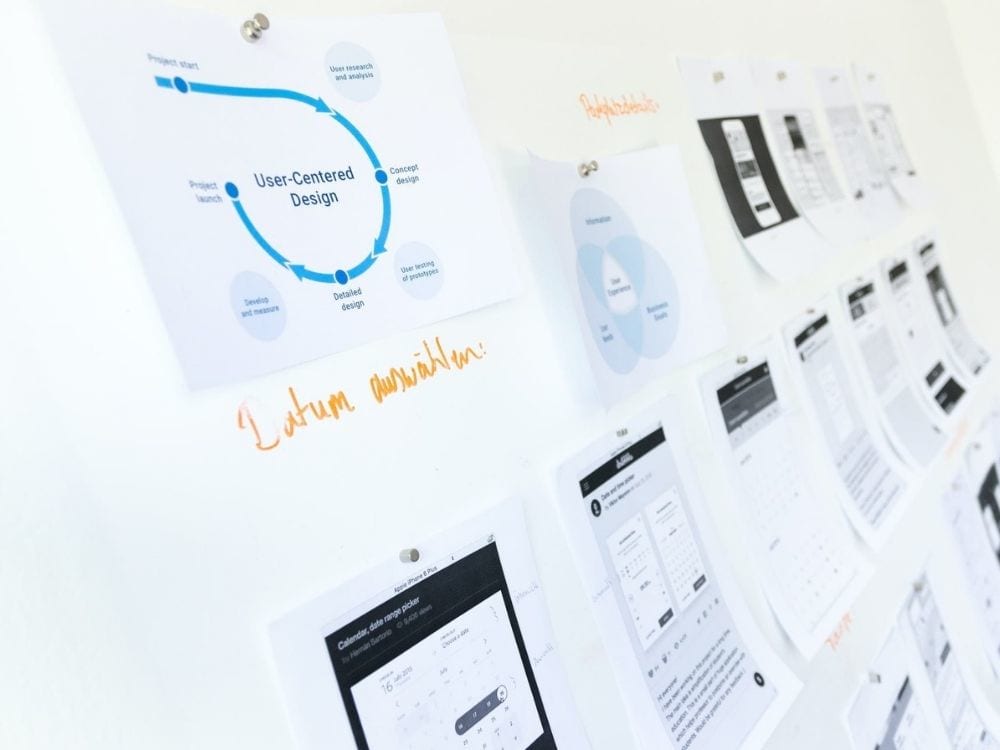For any company in the B2B sector, having a clear understanding of what influences their potential buyer behavior is crucial for sustained business growth.
When your target customers are large-scale businesses with multiple decision makers, there are some key factors your sales team needs to consider when closing sales.
Without understanding the influences and using these to structure your outreach, you’ll struggle to bring in consistent leads.
Want to automate your customer acquisition and generate a steady stream of new leads for your sales reps every month without fail? Request a demo with Bant today and we’ll show you how.
What Influences B2B Purchasing Decisions?
There are four important factors that consistently influence buying behavior in the B2B market, yet most sales teams don’t take them into account when structuring their sales calls.
The need to solve a real problem
Unless your customer has a compelling reason to make a change, they’re much more likely to stick with what they know to avoid taking an unnecessary risk.
This is an idea put forward by Nobel Prize winner Daniel Kahneman in his book, Thinking, Fast and Slow. He suggested the status quo bias effect – people will live with problems if change is seen as too risky.
That’s where problem solving comes in. Your product or service needs to pinpoint a problem and offer an easy solution that promises real results.
But the problem needs to be large enough that the solution is perceived to outweigh the associated risk of change. If it’s not a large enough problem, customers will simply live with it.
Organizational buy in
The chances of making a sale steadily decline in proportion to the number of people involved in making the buying decision.
In fact, when a single representative in a company is responsible for a buying decision, the chances of a positive purchase decision are 80%. This drops to below 30% when there are six or more stakeholders.
The problem is, the average number of decision makers in high-value B2Bs is 6.8 and it continues to rise. This means your sales team has to convince more people to achieve a consensus around your product or service.
Loss aversion
Research shows that buyers are much more likely to make a buying decision based on fear of loss than they are the opportunity of gain.
In fact, decision makers are two or three times more likely to make a buying decision if they feel threatened by loss or risk.
Many sales reps are trained to focus on the positives of the product or service, rather than the potential losses a buyer might experience, which can make it that much harder to secure a sale.
Influence from thought leaders
B2Bs are increasingly relying on industry leaders to make their buying decisions, especially with LinkedIn providing a massive professional network on which to stay connected.
Perceived industry leaders in any B2B industry are a trusted source of news, reviews, and industry knowledge, and so shape trends.
Through these influencers, customers are exposed to brands through webinars, podcasts, detailed blogs, etc. and so are swayed on which brands to trust and buy from.
Incorporating the Data Into Your Sales Strategy

So now you know some of the key factors influencing B2B buying behavior, let’s look at how you incorporate that knowledge into improving your outreach strategy.
Focus on pain points
The ultimate goal of any B2B sales team is to show the customer they have a problem, convince them it’s worth addressing, and then pitching them the best solution.
This means highlighting the pain points that your product or service solves. Show your customer you understand where they are and the issues they face, paint the picture of the issue in your marketing and sales strategy so they feel understood.
Then, frame your offer in the form of an easy solution to that pain point. Make your offer sound like the perfect solution that is worth making a change to include in their business.
By focusing on the problem, you’re showing your customer a clear distinction between where they are now and a better future point, which will make them leave the status quo and take a risk with you.
Focus on all decision makers
Before reaching out to any company, know who the decision makers are and understand who is involved in the buying process.
Your sales team should have research on each person in the buying process and should try and get all of them on board with a single meeting or demo.
Sales reps tend to jump in and want to speak to the highest person in the leadership chain, but if six different people are required to make a decision, you need to be targeting them all as a whole.
When ranking your lead scoring, those who you can get the most decision makers on one call with should be high on the list.
By getting them all on the same page as early as possible, you can help them reach a consensus much faster.
Minimize risk
When on a sales call, rather than focusing on the positives your product or service could achieve, focus on the risks of inaction.
Remind the potential customer of the loss they are potentially open to and highlight the pain point they are experiencing.
It’s your sales reps’ job to convince the potential buyer that the status quo is too risky for growth and long-term health and your product or service is a low-risk, high-value offer.
Position yourself or someone at your company as the authority

Establishing your business as an influencer in your industry takes time but isn’t impossible. The more well-known you can become to a prospect before they get on a sales call, the more likely they are to trust you.
Spend time building up a reputation as a leader in your industry by:
- Being on the pulse of industry news
- Sharing informative content that solves problems
- Collaborating with established influencers in your industry
- Building a consistent social media presence (specifically on LinkedIn for the B2B market)
All of this will help position your business as an authority and when it comes time to make a purchasing decision, you will be top of mind.
Turning Leads Into Buying Customers
Buyer behavior in the B2B market is always evolving. Years ago, you needed up to five touchpoints with a potential customer to get a sale. Today, that number is more like 13, and it’s getting harder and harder to acquire new customers.
Understanding what influences buyer behavior and evolving your own marketing strategy to improve your outreach is the key to consistent business growth.
Want to know how to turn cold leads into paying customers? Check out our article for six important strategies and a guide on how to follow up with better outreach.

